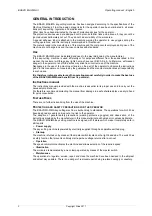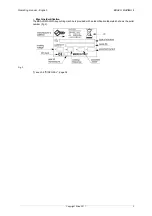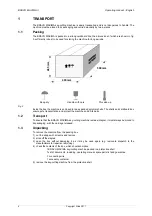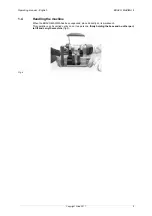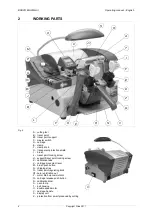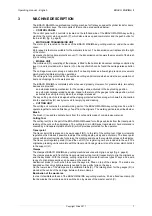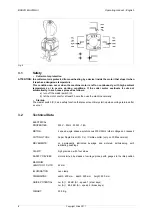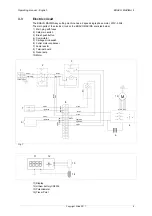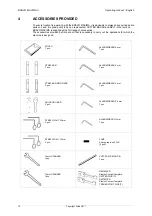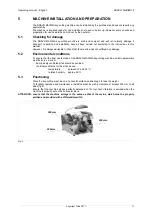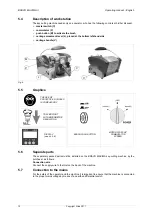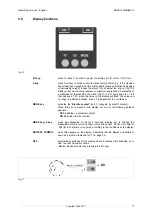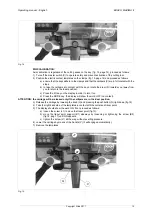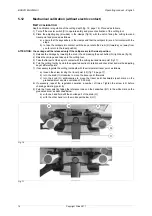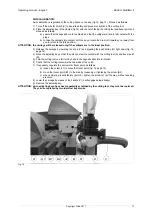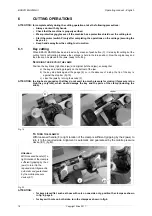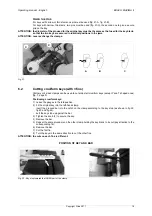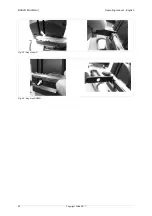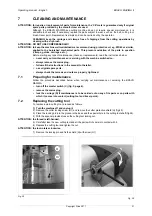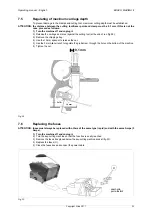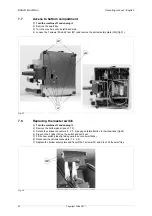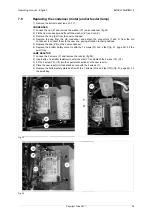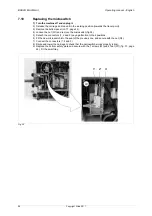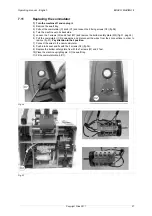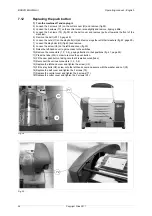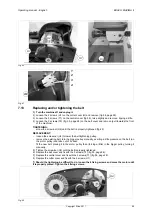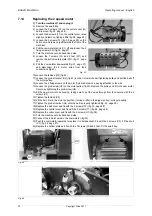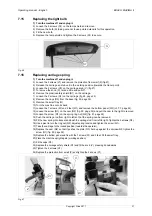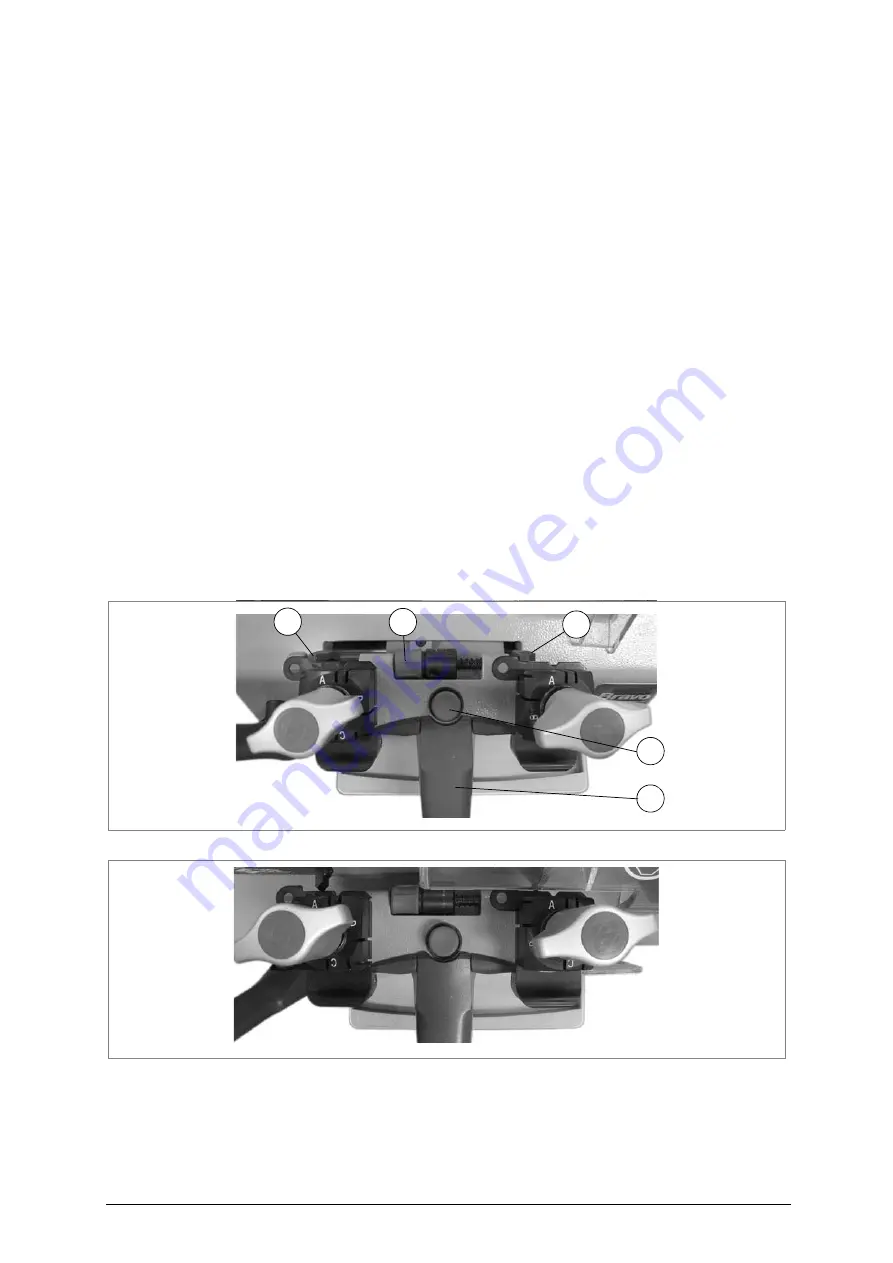
BRAVO MAXIMA II
Operating manual - English
16
Copyright Silca 2011
5.12
Mechanical calibration (without electric contact)
D
EPTH
CALIBRATION
:
Depth calibration is regulation of the cutting depth (fig. 12, page 14). Proceed as follows:
1) Turn off the master switch (C) to operate safely and prevent activation of the cutting tool.
2) Place the adjusting key (provided) in the clamps (fig.16) with the notch facing the cutting tool and
tracer point and proceed as follows:
a) ensure that the keys adhere to the clamps and that the callipers (K) are in full contact with the
stops.
b) to take the callipers into contact with the keys, rotate the drum (R) towards you (away from
you to return to the ideal position)
ATTENTION: the carriage will be released only if the callipers are in the ideal position.
3) Release the carriage by lowering the knob (V) and pressing the push button (Q) right down (fig.16).
4) Raise the carriage and take up to the cutting tool.
5) Take the flat part of the key into contact with the cutting tool and tracer point (fig.17).
6) Turn the cutting tool by hand in the opposite direction to rotation and check that it skims the adjusting
key at different points.
7) If necessary regulate the cutting tool depth with the micrometric tracer point, as follows:
a) loosen the screw locking the tracer point (J2) (fig. 18, page 17).
b) turn the knob (O) clockwise to move the tracer point forwards.
c) turn the knob (O) anticlockwise to move the tracer point backwards (each mark on the
graduated drum equals a variation of 0.05 mm).
8) If necessary, repeat the regulation operation a number of times. Tighten the screw (J2) before
checking skimming (point 6).
9) Zero the tracer point by taking the reference index on the handwheel (O1) to the white mark on the
graduated drum, as described below:
a) with one hand hold still the knurled part of the knob (O).
b) with the other hand turn the mobile part below it (O1).
Fig. 16
Fig. 17
K
K
R
Q
V

